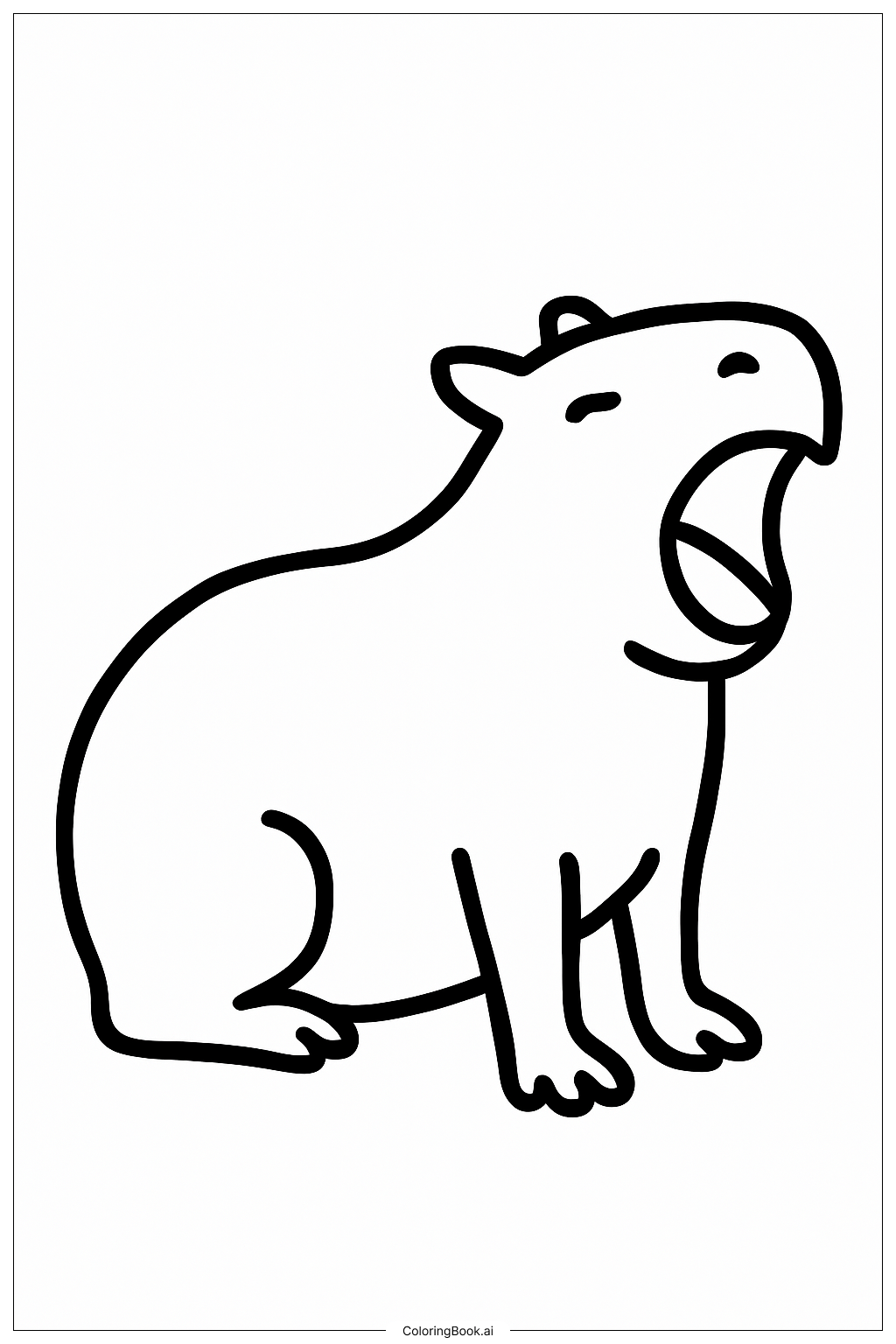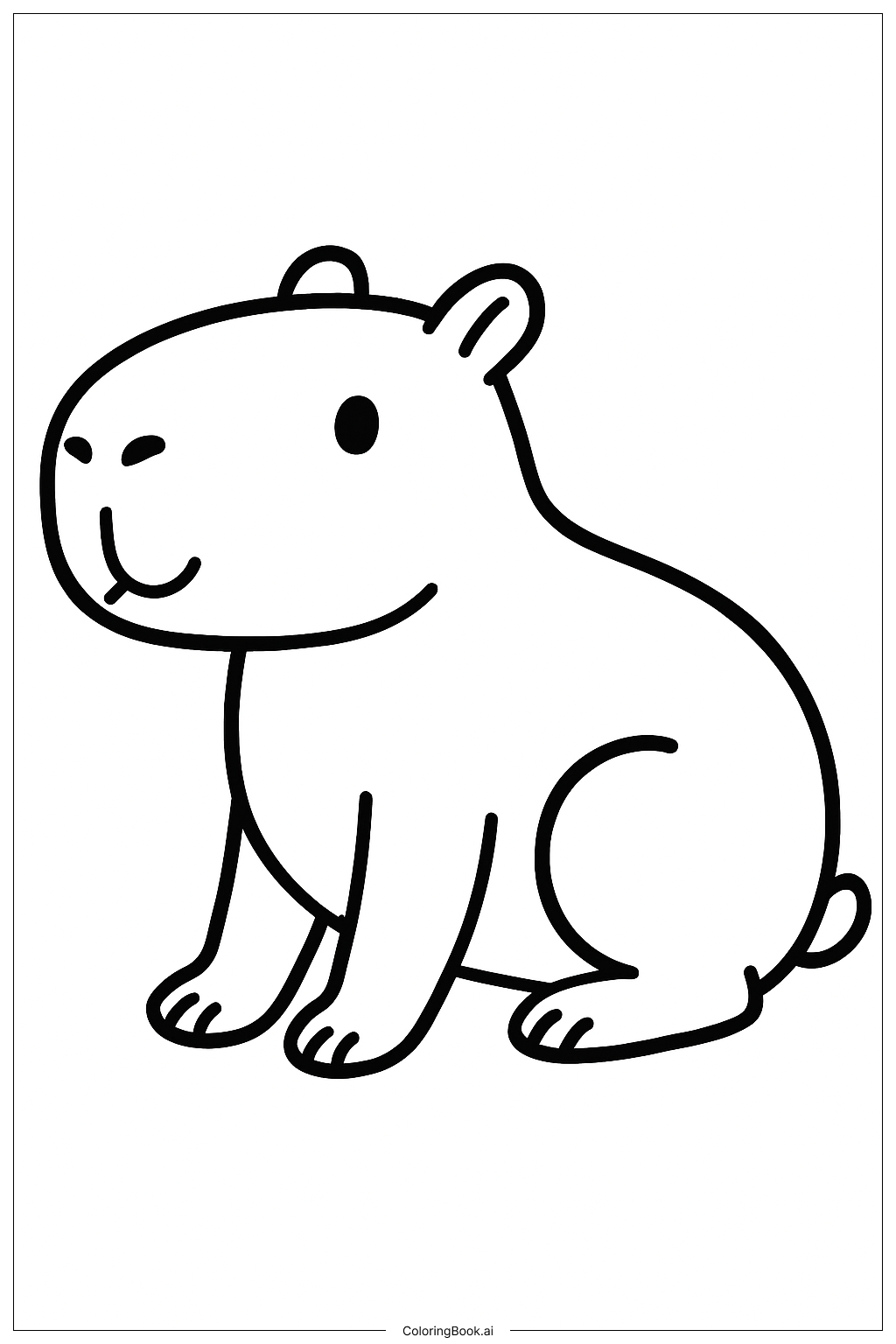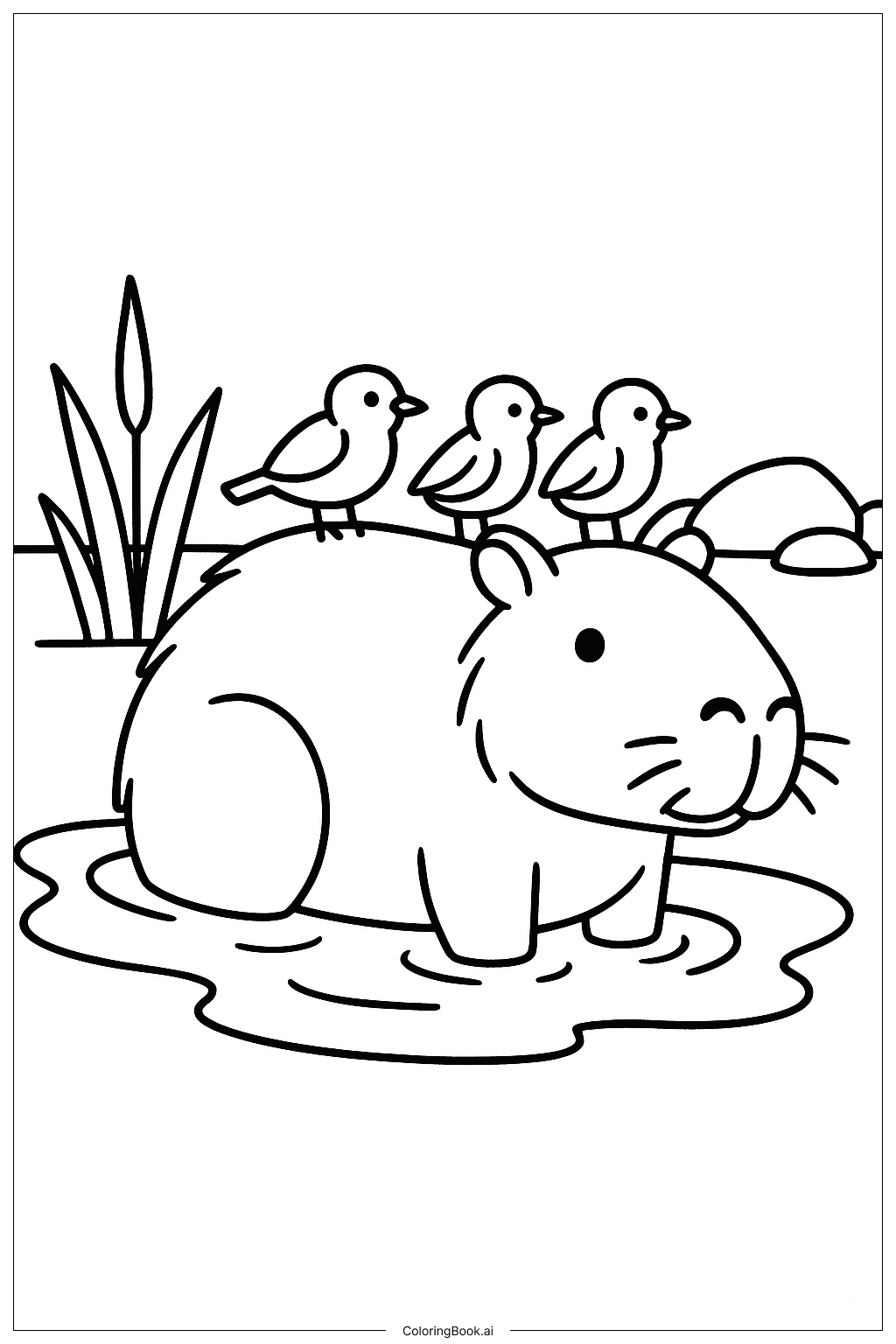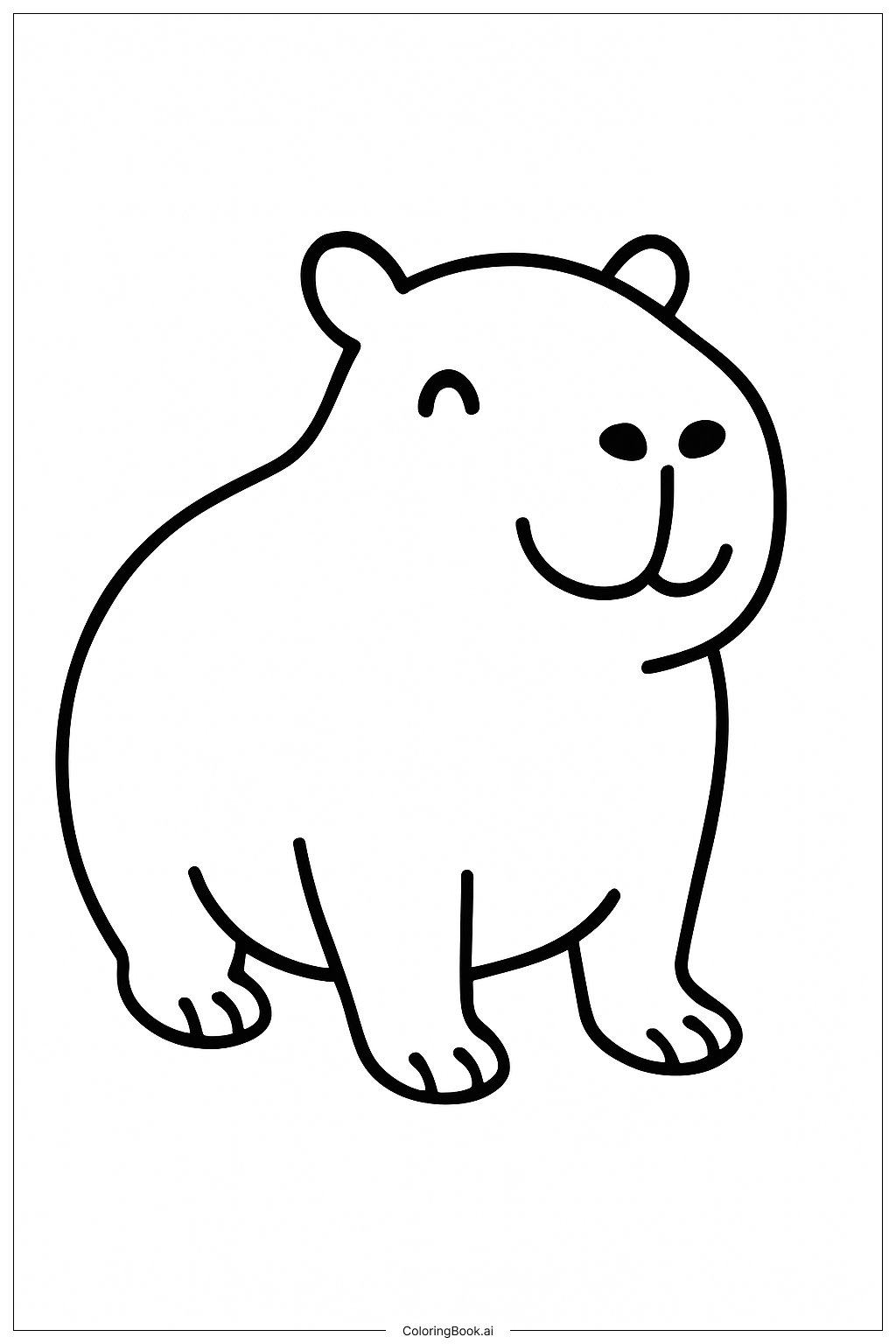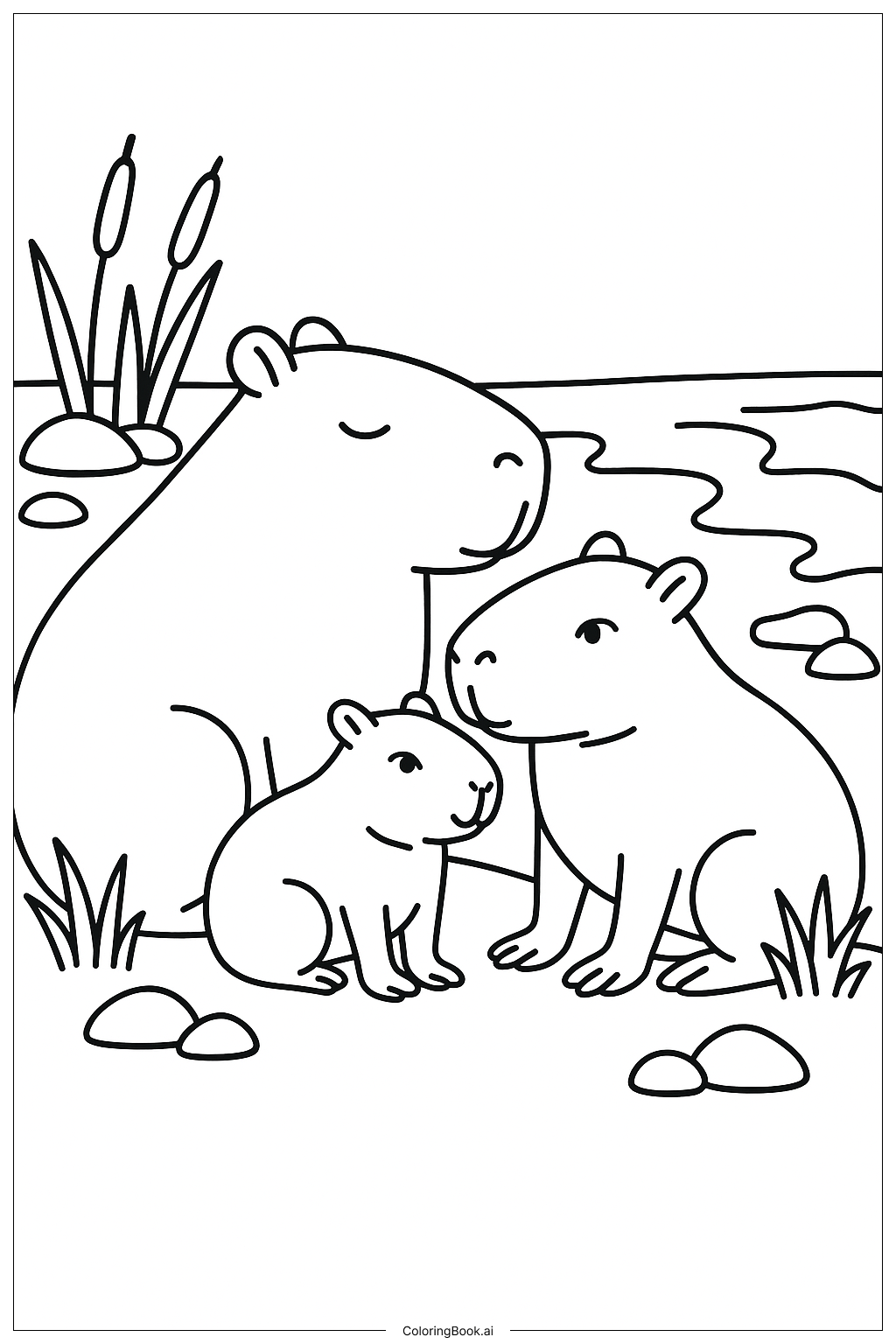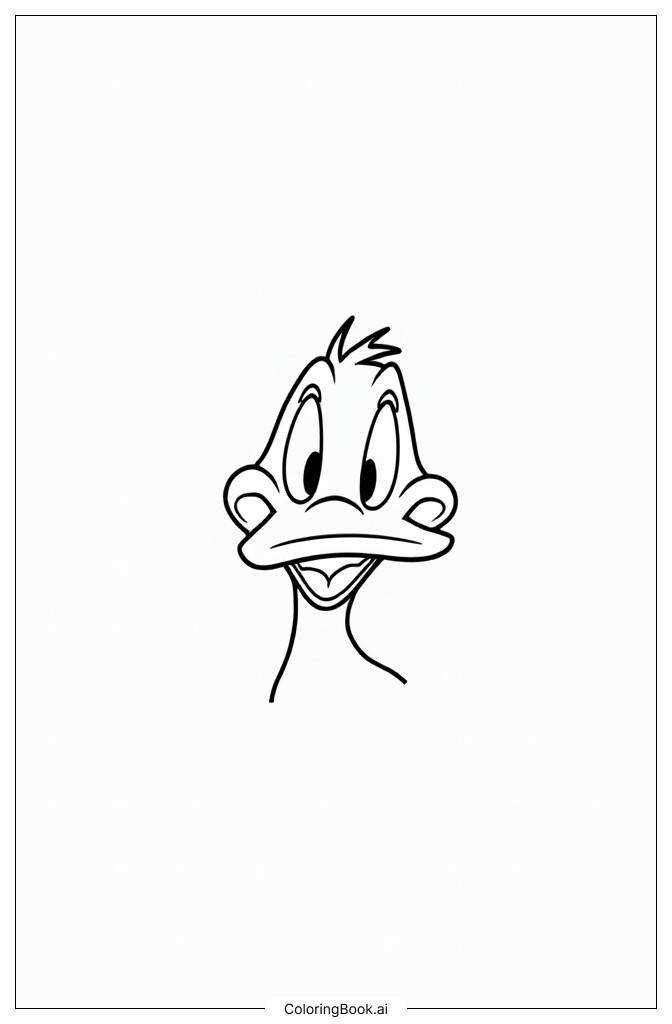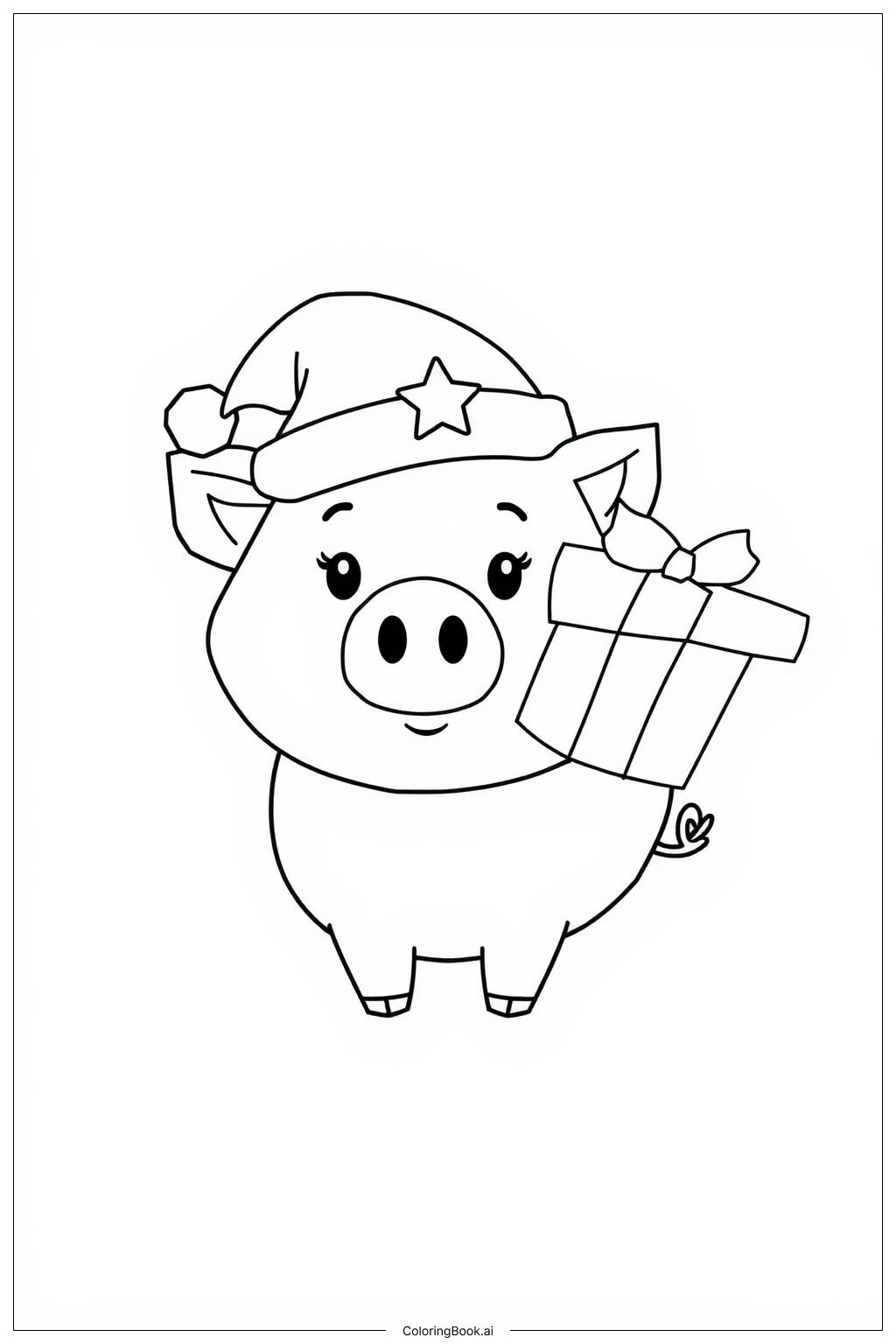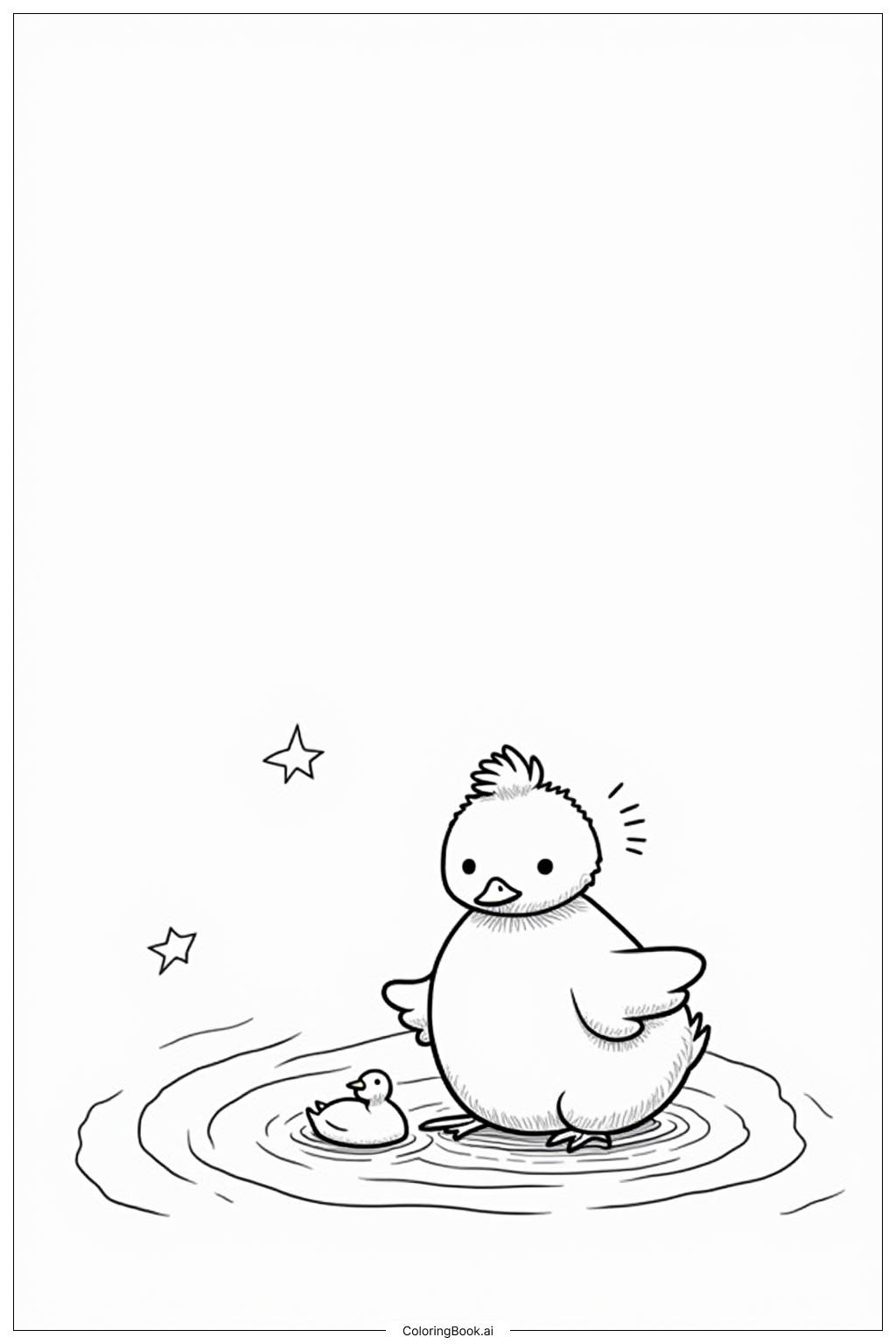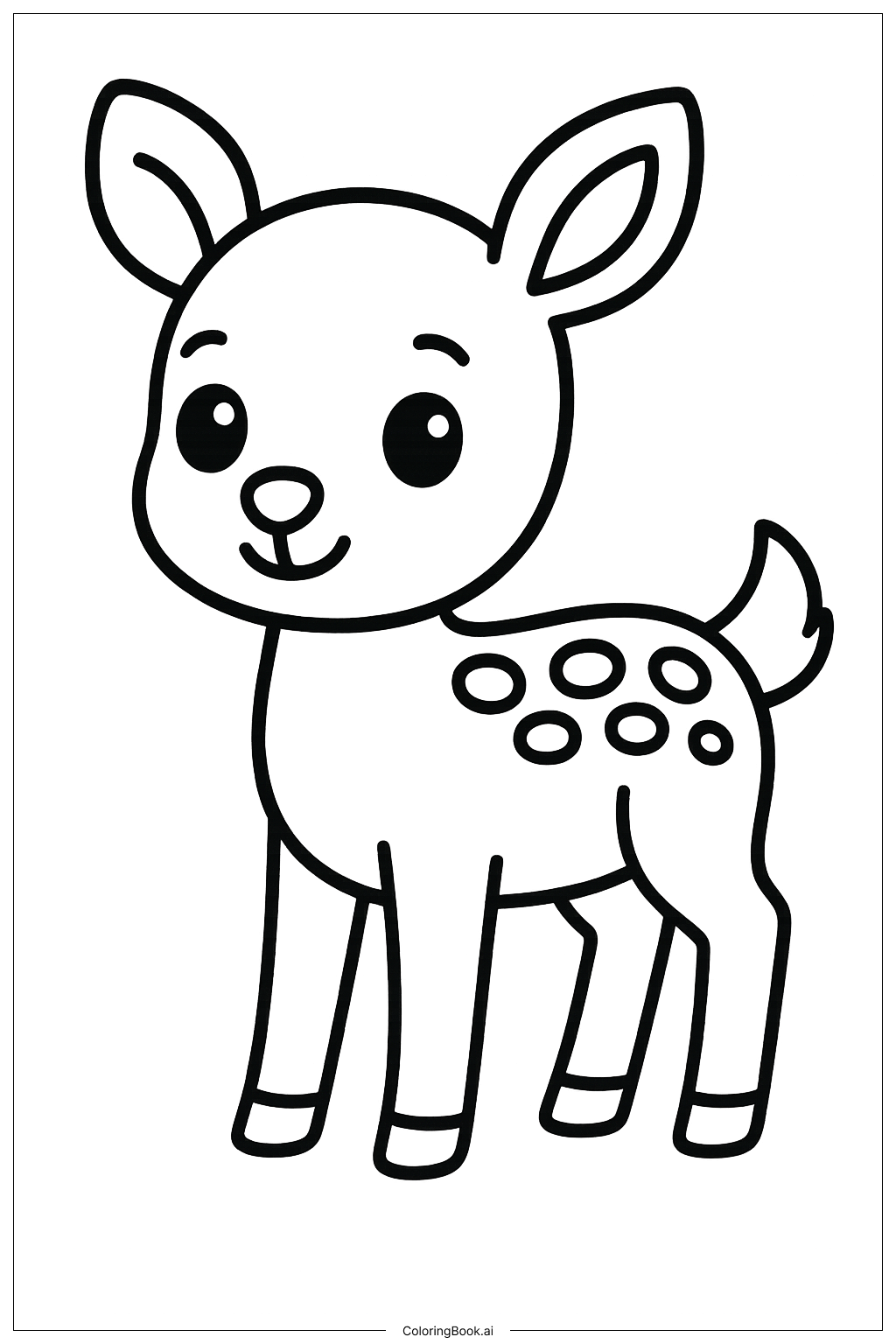Coloring tips: How to color A Yawning Capybara coloring page well?
Use warm and natural colors like light brown, tan, or beige for the capybara’s body. You can add darker shades to show shadows under its legs and around the mouth for more depth. Use pink or light peach for the inside of the mouth and tongue. The eyes and ears can be colored darker or left white for contrast. Add green or blue around the capybara to create a background with grass, water, or sky. Try blending colors softly to make the animal look fluffy and smooth.
Coloring challenges: Which parts are difficult to color and need attention for A Yawning Capybara coloring page?
1. Coloring the large, smooth body evenly without leaving spotty or uneven areas can be challenging. 2. The open mouth has different parts like the tongue and mouth inside, which need careful coloring to look realistic. 3. The small legs and toes require attention to stay within the lines because they are thin and close together. 4. Creating shadows and light effects needs some skill to give the capybara a 3D dimension. 5. Choosing natural colors that match the real animal while keeping the picture lively can be tricky.
Benefits of coloring books: Advantages of drawing A Yawning Capybara coloring page
Coloring this yawning capybara helps to develop fine motor skills, especially when filling in smaller parts like the mouth and toes. It encourages attention to detail and patience. Children can learn about animal colors and practice blending shades to show light and shadow. This activity also sparks creativity and imagination as kids choose backgrounds or add extra elements. Overall, it’s a fun way to improve hand-eye coordination and artistic expression.
